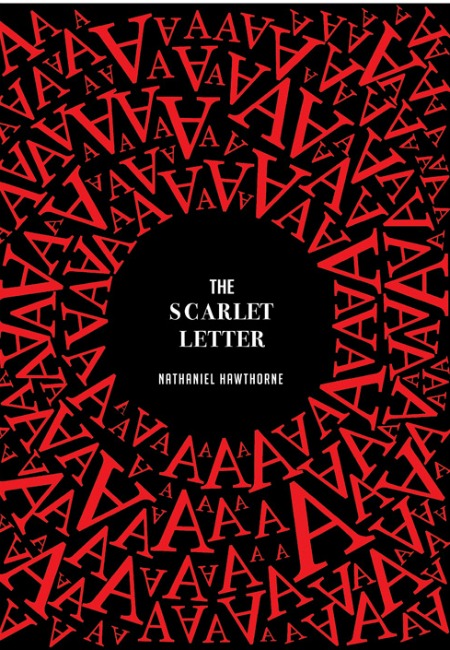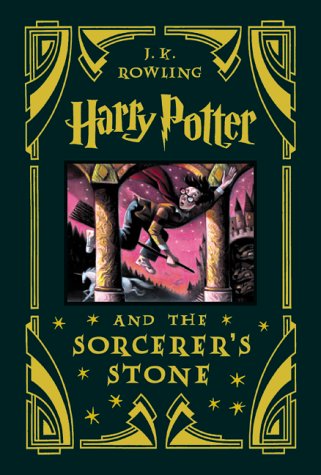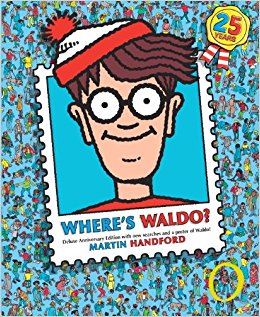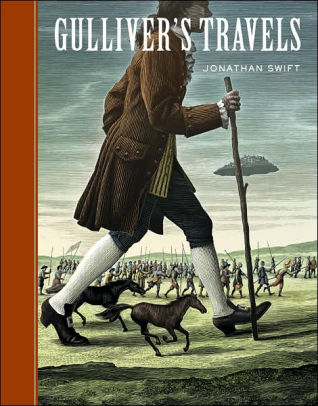Five Books Banned for Dubious Reasons—So You Should Definitely Read Them
Banned Books Week draws attention to free speech, intellectual freedom, and the right to quietly read a good novel

Every fall—just as schools start settling into homework, papers, tests, rinse, repeat—the American Library Association stirs up a bibliographic fervor with Banned Books Week. Although banning (or even warning about) a text tends to make people, teenagers especially, more curious, every year school libraries seem compelled to respond to salacious content, excessive violence, and swear words. Lolita is a frequent target, as is Huckleberry Finn. We’ve highlighted five books, though, that were banned for less obvious reasons.

The Scarlet Letter by Nathaniel Hawthorne
Working your way through this one junior year, you probably wished your school had nixed it. Since its publication, it has been banned many times, most memorably in 1977 by parents who worried it was “pornographic and obscene.” If you remember from class discussions, the novel hinges on the unchaste Hester Prynne, but much to your adolescent disappointment, there’s not a single sex scene in the whole thing.

The Harry Potter series by J. K. Rowling
“You’re a wizard, Harry.” But in 2000, there were 646 challenges to Hagrid’s statement. Certain Muggles—concerned parents mostly—believe that the wizarding life style promotes Satanism and the occult in a positive light. Madeleine L’Engle’s A Wrinkle in Time faced similar backlash as a book-that-shall-not-be-named.

The Bible
In 2015, Fifty Shades of Grey was the second-most-challenged book on the list. Sixth? The Word of God, sandwiched between Mark Haddon’s The Curious Incident of the Dog in the Night-Time and Alison Bechdel’s memoir Fun Home. LGBT subjects usually predominate on the list (Two Boys Kissing; Beyond Magenta: Transgender Teens Speak Out), but the Holy Bible made the cut for its “religious viewpoint.”

Where’s Waldo? by Martin Handford
If you’re a millennial, you loved looking at this book. If you’re a parent of a millennial, and spent hours and hours repeatedly finding Waldo for your child, you most likely wished more copies had been banned. Did you notice, however, the topless woman on the beach? After the book was banned in the ’90s, though, future editions kept her bikini strap securely fastened.

Gulliver’s Travels by Jonathan Swift
Upon its first release in 1726, this satire was “universally read, from the cabinet council to the nursery,” according to the dramatist John Gay. But Irish parents feared that Gulliver would interfere with their children’s potty training—and so they tried to ban it for its depictions of “public urination” (though would Gulliver really have been able to fit in the bathrooms on Lilliput, we must wonder). Still, we can’t wait to read any novel dubbed “horrible, shameful … blasphemous …. filthy in word, filthy in thought,” as William Makepeace Thackeray declared in his essay on Swift.

